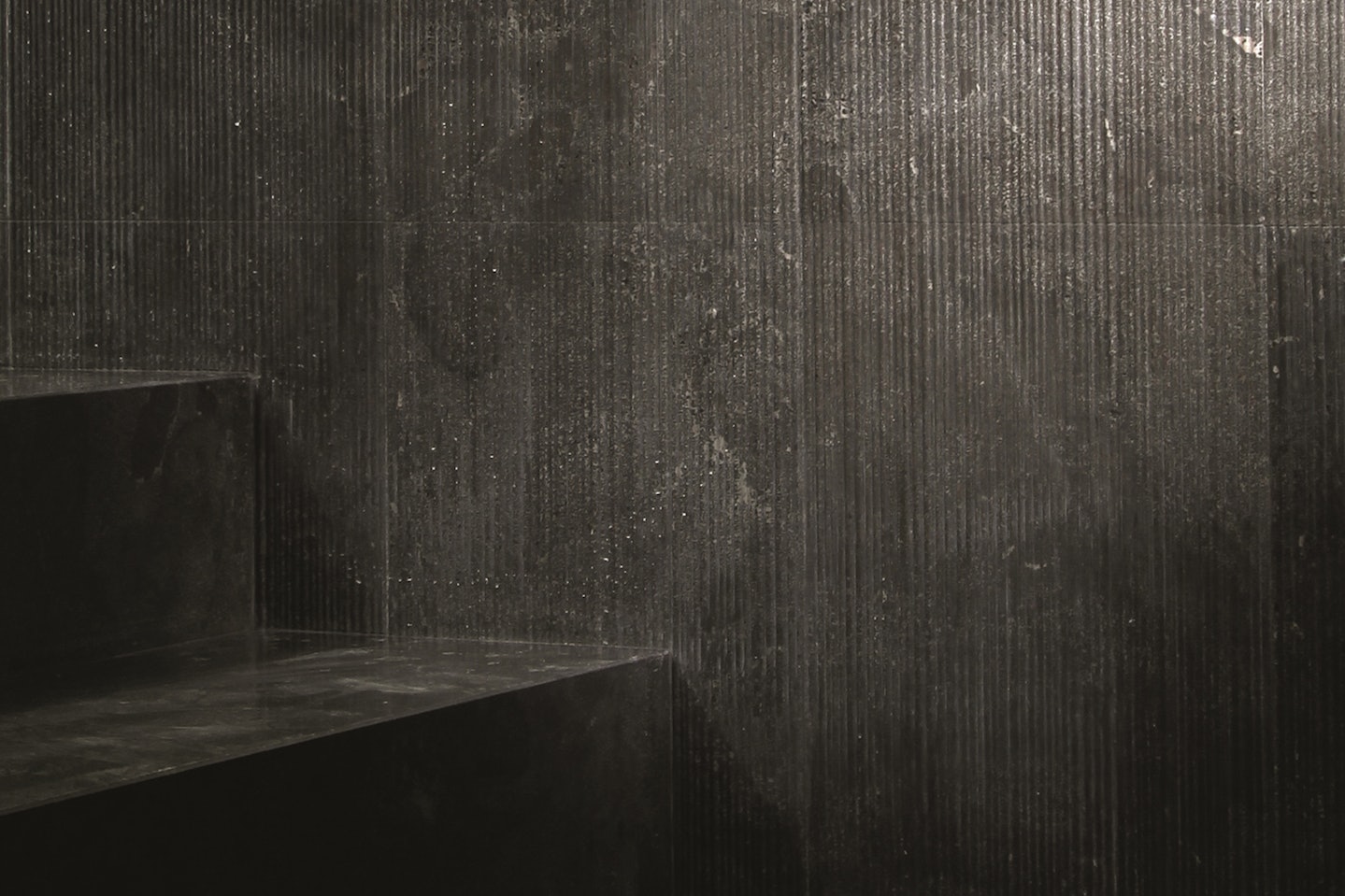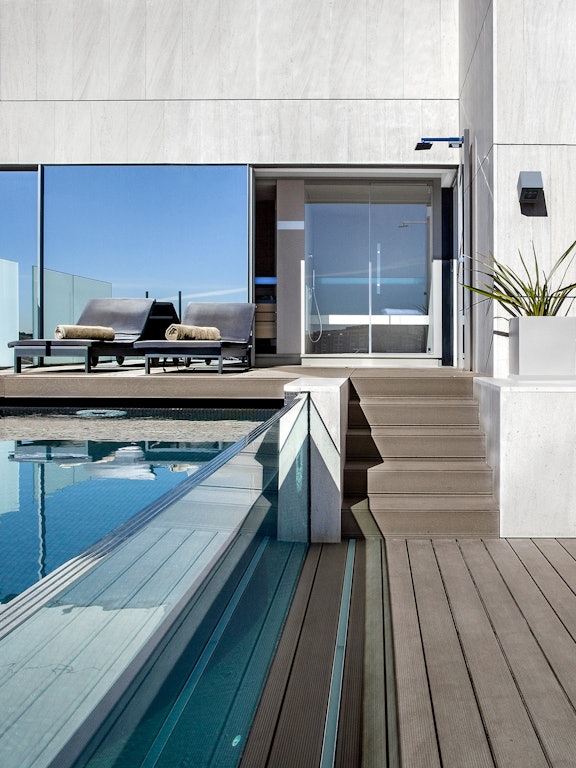Elevating the simple staircase
03.2022
At their most basic, stairs, as a way to move between different levels, have been used for millennia, and as palaces and religious buildings grew over the centuries, so did the dimensions and role of the stairs. Grand staircases made moving between different floors of a building a spectacle; a place to see and be seen, as was the case with the ceremonial Ambassadors’ Staircase at the Palace of Versailles. They also became a symbolic part of religious devotion: the Holy Stairs, a flight of marble steps that Jesus was said to have ascended on his way to face trial, can only be climbed by knee, the stone moulded by the passage of centuries of pilgrims.
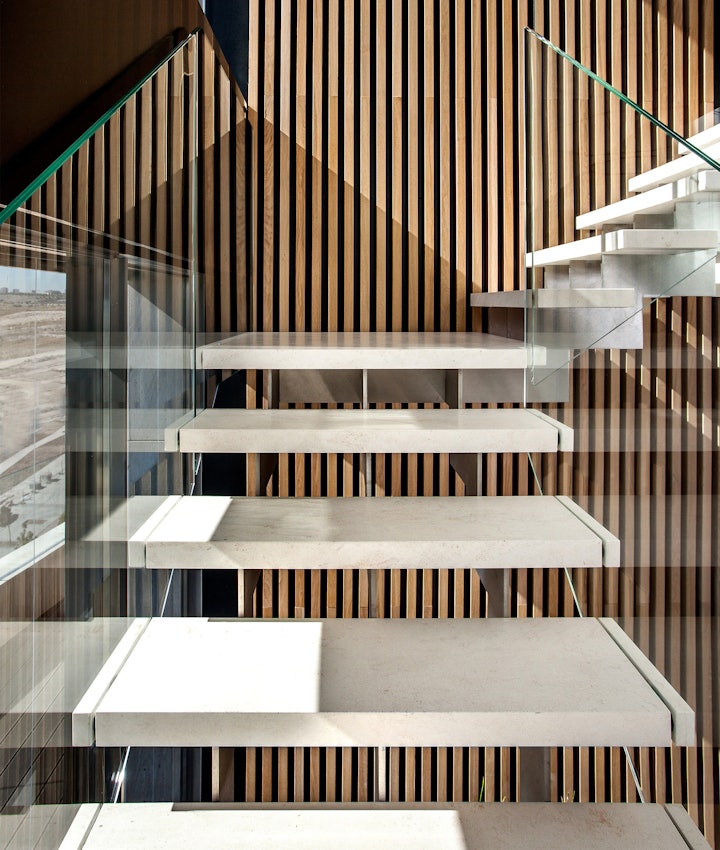
Architects have long understood the expressive potential of the staircase. Unlike other spaces in the house that are designed to be experienced still and unmoving, the stairs are a place of activity, of transition. Oscar Niemeyer, the great Brazilian modernist, consciously coordinated this movement in his architecture, designing a wide spiral staircase in the Itamaraty Palace without a balustrade or any apparent means of support, making drama out of the simple act of moving from one level to another.
Stairs provide the essence of the monument to Lincoln Kirstein, the American poet and co-founder of the New York ballet. Built in 1985 by his friend and architect Phillip Johnson and situated in the gardens of Johnson’s iconic Glass House, the nine-metre-high structure consists of a series of concrete blocks climbed via steep steps that wind around and through the monolithic form. A “staircase to nowhere”, as the architect termed it, the process of scaling the monument is central to its contemplative function and shows – abstracted from its conventional, domestic form – the unique, dynamic role stairs play in architecture.
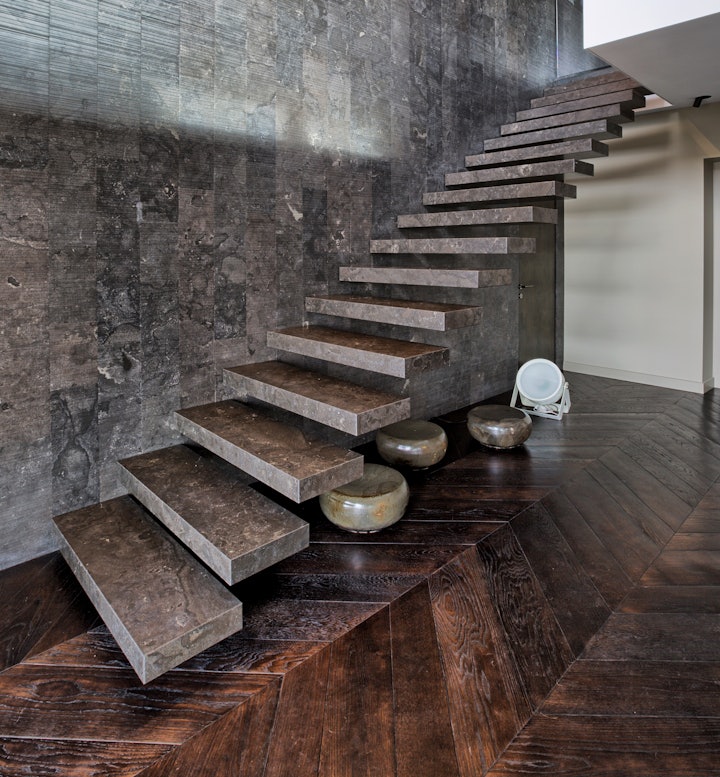
It’s a similar approach that has led Salvatori, alongside some of the most celebrated architects and designers working today, to conceive of new ways of thinking about stairs. A series of steps in Crema d’Orcia limestone that appear to float, weightless – an engineering achievement that forms the heart of their design. A distinctive curved handrail in lava stone that creates a sense of continuity over each of the six levels, elegantly unifying the different floors of the scheme. A geometrically simple staircase that appears to be shaped from a single block of seamless Botticino marble, rising unsupported to the higher levels.
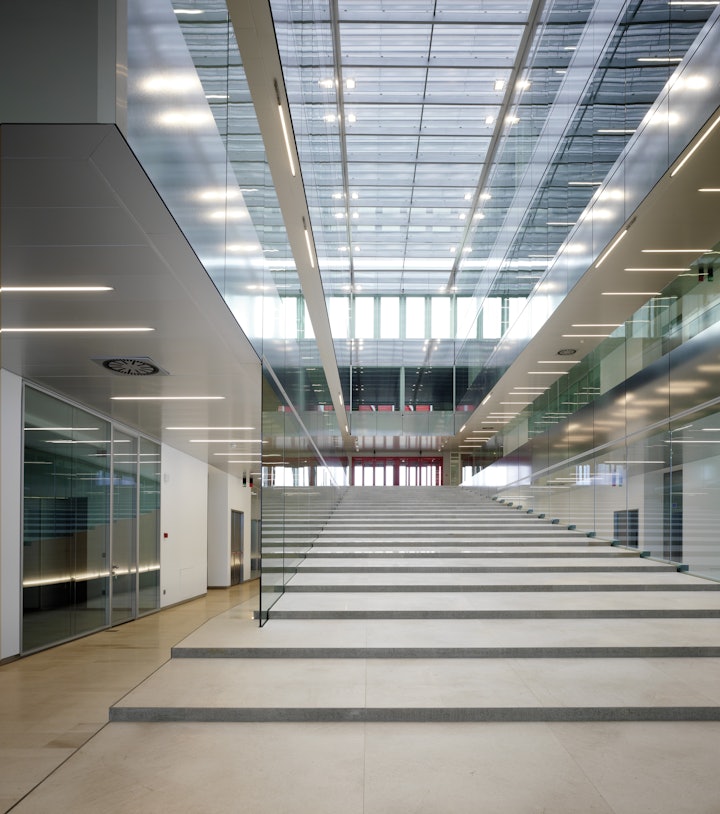
More than a purely functional way to move between different floors, stairs can offer a moment of calm and isolation or a new, elevated perspective on familiar surroundings. Animating architecture and interior design, the stairs, as Marcel Duchamp captured in his pioneering Cubist painting Nude Descending a Staircase, are a place of movement, where the body collaborates in defining its domestic context. For Salvatori, helping to create beautiful, expressive solutions for this transitory space is an integral part of our commitment to innovative design.
